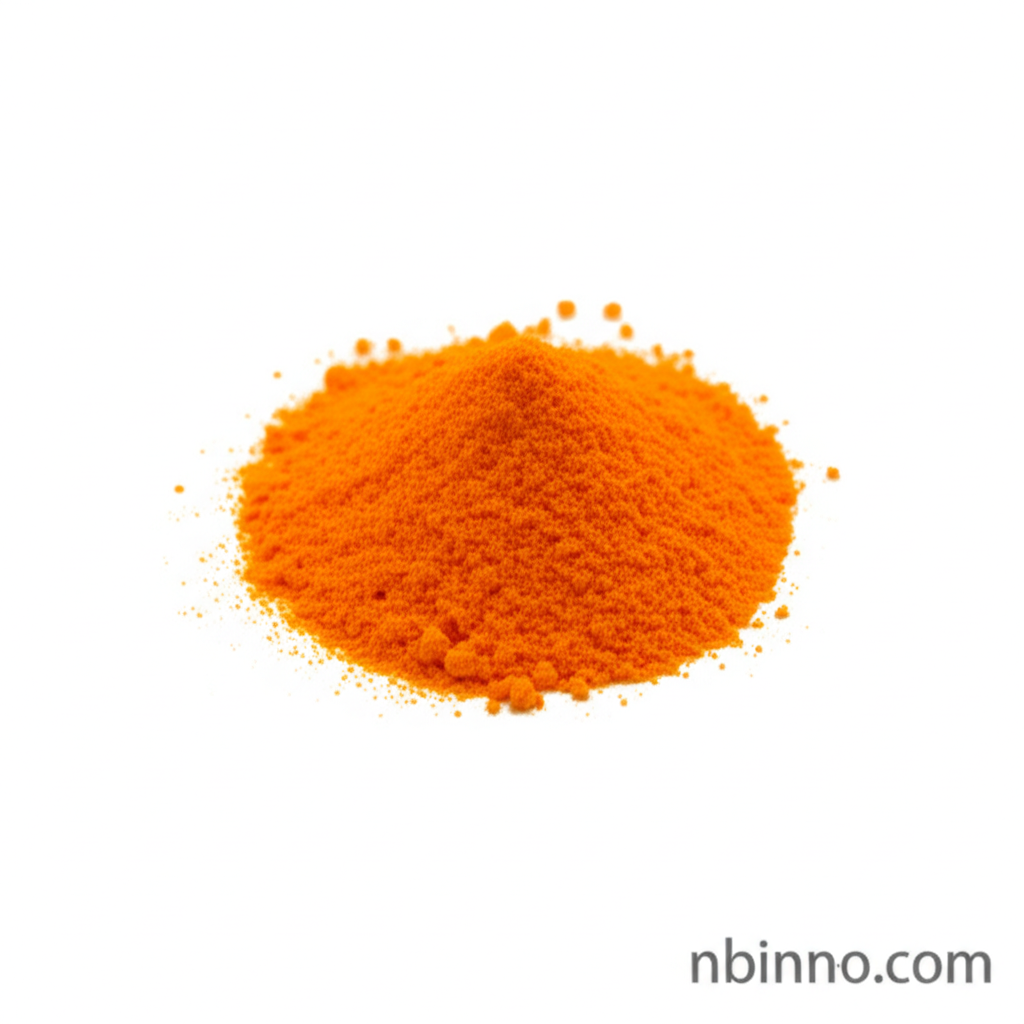4-Nitroanthranilic Acid: A Versatile Intermediate in Chemical Synthesis
Explore the essential properties, broad applications, and synthesis pathways of this critical organic compound.
Get a Quote & SampleProduct Core Value

4-Nitroanthranilic Acid
4-Nitroanthranilic Acid is a crucial organic compound characterized by its aromatic structure, featuring both a nitro group (-NO2) and an amino group (-NH2) attached to an anthranilic acid backbone. It presents as a yellow crystalline solid, demonstrating solubility in organic solvents and moderate solubility in water.
- Discover the reactivity influenced by the electron-withdrawing nature of the nitro group, impacting the compound's electrophilic and nucleophilic behavior in various organic synthesis reactions.
- Leverage 4-nitroanthranilic acid's value in synthetic organic chemistry through participation in key reactions like diazotization and coupling reactions.
- Understand the importance of 4-nitroanthranilic acid as a building block for producing dyes, pharmaceuticals, and agrochemicals, making it a cornerstone for many industrial applications.
- Explore the 4-nitroanthranilic acid synthesis pathways and its role in creating complex organic molecules for diverse scientific and industrial needs.
Product Advantages
Versatile Intermediate
This compound acts as a versatile intermediate, essential for the organic synthesis of a wide range of downstream products, significantly impacting the development of new materials and medicines.
Strategic Reactivity
The presence of both amino and nitro groups provides strategic reactivity, allowing for diverse chemical transformations critical for chemical synthesis applications, enabling the creation of complex molecular architectures.
Industry Essential
As a key component in dye and pharmaceutical production, it plays a vital role in industries that require specialized organic compounds, contributing to advancements in colorants and healthcare.
Key Applications
Organic Synthesis
Used as a fundamental building block in various organic synthesis pathways to create more complex molecules, researchers rely on its specific chemical properties.
Dye Manufacturing
Serves as a critical intermediate in the synthesis of various dyes, contributing to vibrant colors and specific functionalities in textiles and other colored materials.
Pharmaceutical Intermediates
Plays a crucial role as an intermediate in the pharmaceutical industry, aiding in the production of active pharmaceutical ingredients (APIs) for various therapeutic agents.
Agrochemical Development
Finds application in the development of agrochemicals, assisting in the synthesis of compounds that protect crops and enhance agricultural productivity.
